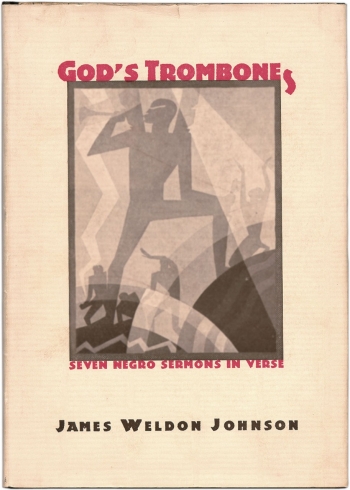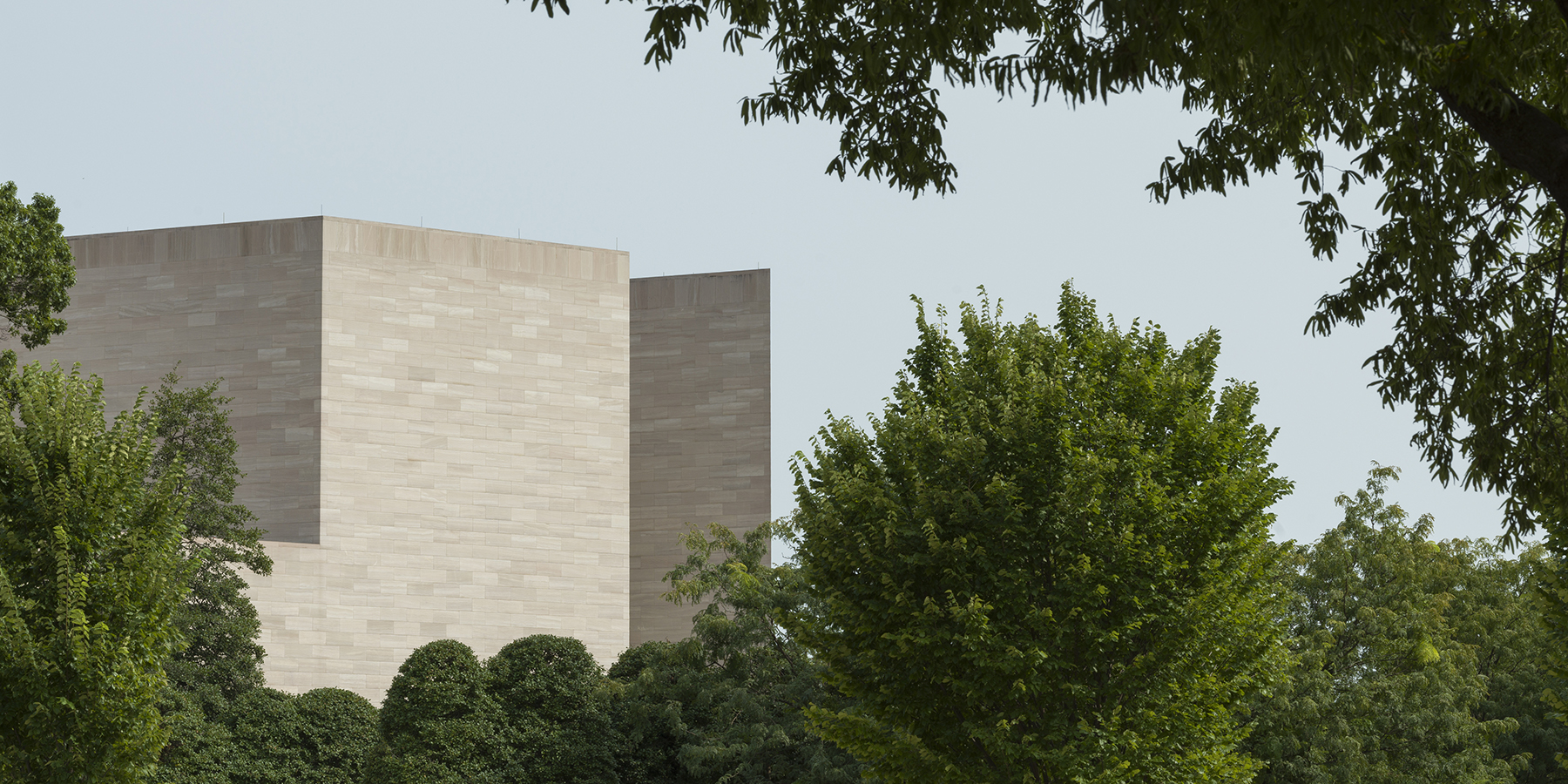From the end of World War I to the final years of the 1930s, the cultural movement known as the Harlem Renaissance generated a wide range of innovative graphic production. While magazines including The Crisis, Opportunity, Survey Graphic, and Fire!! were powerful vehicles for challenging racial stereotypes, articulating African American identity, and exploring the legacies of African cultural production, artists and writers also made distinctive contributions to emerging histories of the artist’s book. Despite the absence of an established critical and bibliophilic framework for this genre in the United States during the early 20th century, Harlem Renaissance poets and painters thought carefully and creatively about the materiality, visual style, and typography of their collaborations. They also engaged closely with the symbolism of the codex by exploring its connections to different religious, legal, and sociocultural contexts. Understanding these works as contributions to the history of artists’ books in the United States reshapes genealogies of print culture, provides insight into the infrastructure of the publishing industry, and opens new conversational possibilities between objects and ideas.
Kathryn Jane Brown
Artists’ Books of the Harlem Renaissance

Cover of God’s Trombones: Seven Negro Sermons in Verse by James Weldon Johnson, drawings by Aaron Douglas, lettering by C. B. Falls (New York: Viking Press, 1927), National Gallery of Art Library, Washington
During my fellowship at the Center, I focused on art that Aaron Douglas (1899–1979) contributed to a variety of book publications. This included examining the drawings he produced for Alain Locke’s New Negro anthology (1925), his woodblock prints for Eugene O’Neill’s play Emperor Jones (1926), and his collaboration with Langston Hughes on Six Poems (originally an “art folio” for a 1926 edition of Opportunity). In 1927 Douglas designed the dust jacket for a reissue of James Weldon Johnson’s Autobiography of an Ex-Colored Man and contributed illustrations to the author’s suite of poems, God’s Trombones: Seven Negro Sermons in Verse.
It is striking that Douglas repurposed many of his figures and motifs to meet different creative ends, sometimes altering compositional details or imbuing images with new meanings by anchoring them in different linguistic contexts. In his designs for God’s Trombones, for example, Douglas subtly altered the visual rhetoric of images that he had contributed to Hughes’s Six Poems. The composition and central figure accompanying “Hard Luck” in Six Poems became the basis of the image for Johnson’s “Prodigal Son”; the upturned face and rectangular body of the figure produced for Hughes’s “Feet o’ Jesus” feature in the second image of God’s Trombones, thereby replacing the image with which that poem had originally been paired in the New Negro anthology.
These visual connections contributed to an image network that Douglas was fashioning across his creative output. The image paired with “Listen, Lord,” the opening poem of God’s Trombones, recalled an advertisement that Douglas had produced for one of Carl Van Vechten’s novels in 1926. This solitary figure—with an upturned head, open mouth, and deep eye slit—recurs in Rise, Shine for Thy Light Has Come (c. 1927), the cover design of Arthur Huff Fauset’s For Freedom (1927), and in an illustration for “Congo,” a short story in Paul Morand’s Black Magic (1929). In 1930 Douglas repurposed his image for Johnson’s “Judgment Day” in his slipcase design for the author’s poetry volume titled Saint Peter Relates an Incident of the Resurrection Day. Finally, from the mid- to late 1930s, Douglas released the images in God’s Trombones from their linguistic framework and transformed them into large-scale oil paintings. In consequence, God’s Trombones needs to be understood as both a book and a space through which images pass and metamorphose. Eschewing the idea of “illustration,” Douglas encouraged audiences to make connections throughout an image network that he was developing across media, time, and interpretive frameworks.
Douglas’s approach to creativity meant that he could extend the life of his book imagery and communicate to new audiences. This helps to explain the simultaneous presence of contrasting styles later in his career. When Douglas was reprising the distinctive idiom of his imagery from God’s Trombones in paintings of the 1930s, he was also producing realist works that depicted aspects of contemporary African American life. Rather than viewing these styles as antithetical, it is possible to understand them as part of a dialogue that Douglas maintained between works and as a strategy for keeping alive the graphic arts of the Harlem Renaissance.
Examining Douglas’s distinctive contribution to the history of artists’ books in the United States generates a better understanding of his creative trajectory and encourages a more expansive conception of the book itself. Crucially, Douglas’s art did not culminate in fixed signification between word and image within the space of the page. Rather, by creating allusions to other images that extended across a graphic network, Douglas reshaped print traditions and opened the horizons of the book to include multiple readings, performances, and expressive possibilities.
Loughborough University
Paul Mellon Visiting Senior Fellow, winter 2021
Kathryn Jane Brown will return to her position as associate professor of art history and visual culture at Loughborough University in the United Kingdom.

